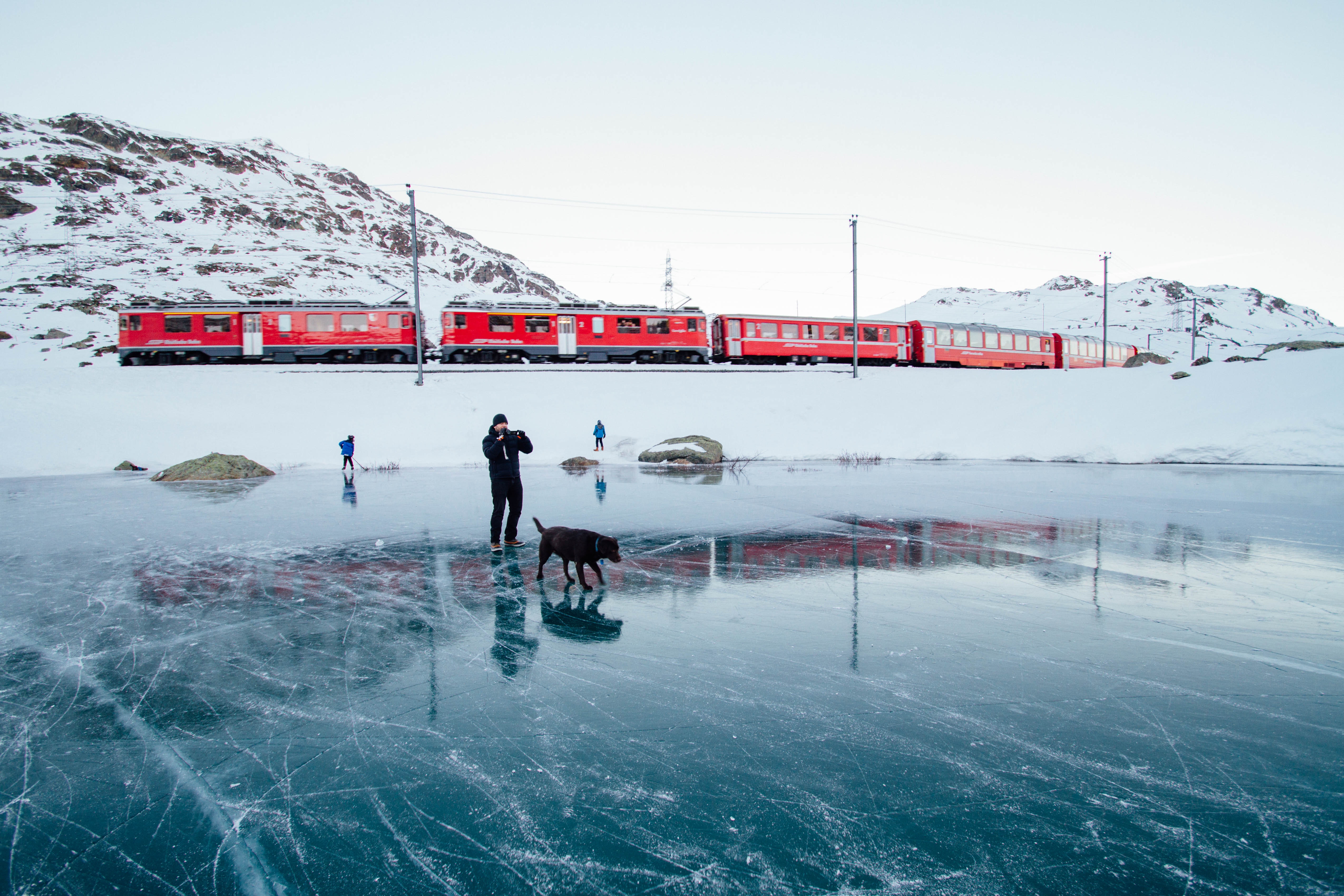Winter is a traumatic time. When the roads are slippery and the sidewalks are not cleaned or poorly cleaned of snow and ice, the probability of falling and getting injured is quite high. Well, if you also hurry and wear shoes with slippery soles and high heels, then the risk of falling increases many times. Do not forget about winter sports: ice skating, skiing, especially mountain skiing, and simple “cheesecakes– – everything can cause an unsuccessful fall.
The most frequent winter injuries are bruises, dislocations, and sprains, fractures of legs and arms, concussions.
Bruises
The most common injury caused in winter is a fall.
The main symptoms are pain, swelling and hemorrhage. Sometimes bruises are combined with injuries – abrasions or wounds.
The first thing to do in this situation is to apply cold to the injured area: a cold heating pad, an ice pack, a towel soaked in cold water, you can use a frozen piece of meat from the freezer by wrapping it with a towel or putting it in a plastic bag. But it is impossible to rub the bruised place with snow or ice – there is a possibility of damaging the skin and introducing an infection.
If there is a wound, you need to cover it with a sterile bandage.
Then it is necessary to provide the injured place with rest, for example, to fix an arm or leg with a bandage.
In case of bruising of the chest, spine, it is necessary to consult a doctor, especially if there are alarming symptoms: shortness of breath, loss of consciousness, impaired movement, loss of sensitivity, weakness.
Dislocation
Dislocation is the displacement of the articular end of the bone from the correct position. This injury is manifested by sharp pain, a change in the shape of the joint, the inability to move in the joint. If, with a sprained ligament and a bruise, pain sensations develop and intensify gradually, as the swelling increases, then the dislocation makes itself felt with instant pain.
If a dislocation has occurred, then the joint needs to be provided with rest and lack of movement. You cannot try to edit the bone yourself, this will only hurt you. In case of dislocation, the help of a specialist is needed.
Sprained ligaments
Sprains often occur in athletes, but an ordinary passerby, especially an elderly person, can also get it. A characteristic feature of this injury, along with pain and swelling, is a restriction in movement. So, if the ankle joint is injured, then the victim is not able to step on the sick leg.
The most important thing when stretching ligaments is rest, otherwise the stretching will only get worse. It is provided by a tight bandage. Just as with a bruise, cold should be applied to the sore spot.
Fracture
Unlike all the injuries listed above, a bone suffers from a fracture – its integrity is violated. The fracture can be closed when the skin remains intact, and open – with a wound in which a bone fragment is visible.
With a fracture, as with a dislocation, sharp pain occurs instantly; if a limb is broken, then movements in it are limited or impossible at all. Edema and hematoma appear later.
First aid in case of a limb fracture is fixing the fracture site with any improvised means – a board, a stick, etc. The tire should capture two joints – above and below the injured area.
Then the injured person must be quickly taken to the doctor.
Concussion
If the injury occurred on the head, then it is quite possible a concussion. Its signs are: loss of consciousness (it can be short-term – for a few seconds), dizziness and ringing in the ears, nausea and even vomiting, loss of orientation.
With a concussion, the help of a doctor is necessary. If this is not possible, then the victim should immediately be provided with strict bed rest and complete rest.

Leave a Reply